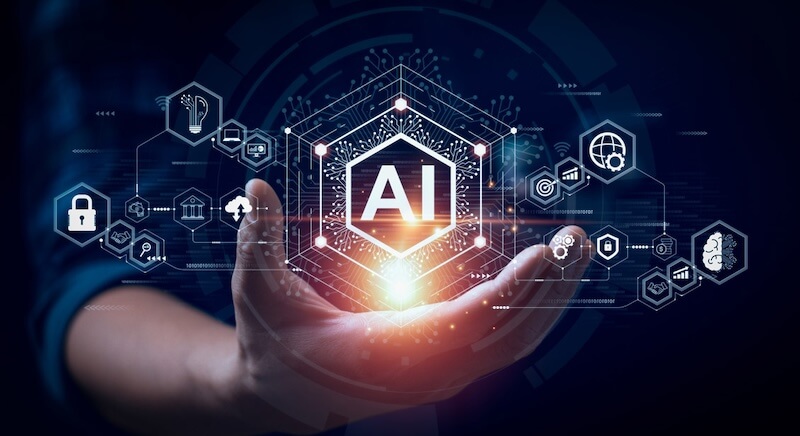The concept of AI CEOs, once relegated to the realm of science fiction, is rapidly gaining traction as technology leaders experiment with digital twins for top leadership roles. This innovative approach involves creating sophisticated AI models trained on vast datasets to mirror the decision-making processes, strategic thinking, and communication styles of human executives. While the complete replacement of human CEOs by AI counterparts remains a distant prospect, the integration of digital twins into leadership structures is poised to revolutionize how companies operate and make strategic decisions.
Digital twins, virtual representations of physical assets, processes, or systems, are at the heart of this transformation. In the context of business leadership, a CEO's digital twin can analyze market trends, competitor activities, and internal data to generate potential scenarios and evaluate the impact of various strategic choices. This capability enables organizations to proactively identify potential risks and vulnerabilities, optimize complex processes, and provide unique training opportunities for future executives.
Several tech CEOs are already exploring the use of digital avatars in earnings calls, signaling a shift in how companies may present themselves to the public in the future. These AI-powered avatars can analyze vast amounts of data far exceeding human capacity, enabling faster and potentially more accurate decision-making. They can also offer unbiased insights, free from emotional influences or personal biases, and operate 24/7, ensuring continuous monitoring and responsiveness to market changes.
The potential benefits of AI in the C-suite are substantial. By automating routine tasks and providing data-driven insights, AI can free up human CEOs to focus on higher-level strategic thinking, innovation, and fostering company culture. Moreover, digital twins can facilitate better data visibility, creating a collaborative environment where teams across departments rely on the same data source, fostering team alignment and improving response times.
However, the path to AI CEOs is not without its challenges. Cultural changes and change management are significant impediments to organizational efforts to become data-driven. Successfully managing the blend of AI tools and humans working together requires leaders to understand complex human and organizational factors, such as agility, emotional intelligence, and personality dynamics.
Despite these challenges, the most likely scenario in the near future is one of collaboration, not replacement. Human leaders will likely leverage AI tools like digital twins to enhance their decision-making and leadership capabilities. This hybrid approach allows human CEOs to focus on the uniquely human aspects of leadership, such as vision, inspiration, and ethical decision-making, while AI provides data-driven insights and automates routine tasks.
The integration of AI and digital twins is also transforming industries beyond the C-suite. In manufacturing, AI-powered digital twins can optimize processes, train AI models using synthetic data, and accelerate automation. In healthcare, they can create virtual patient environments for training AI models. In infrastructure, they can predict and prevent system failures.
As AI technology continues to advance, more sophisticated digital twins and other AI-powered tools are expected to emerge in the C-suite. Companies that embrace this transformation and effectively integrate AI into their leadership structures are likely to thrive in the increasingly competitive landscape. The future of leadership is not about human versus AI but about human-AI collaboration, where AI augments human capabilities and enables leaders to make more informed, strategic decisions.

















